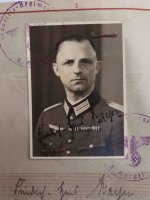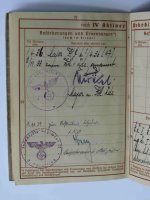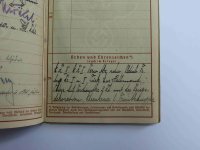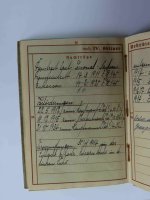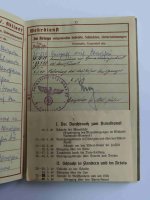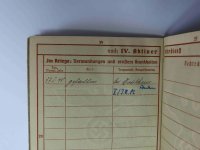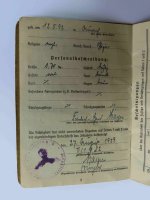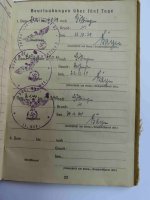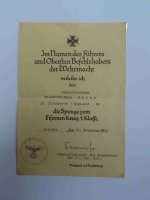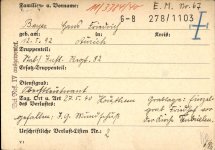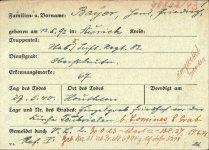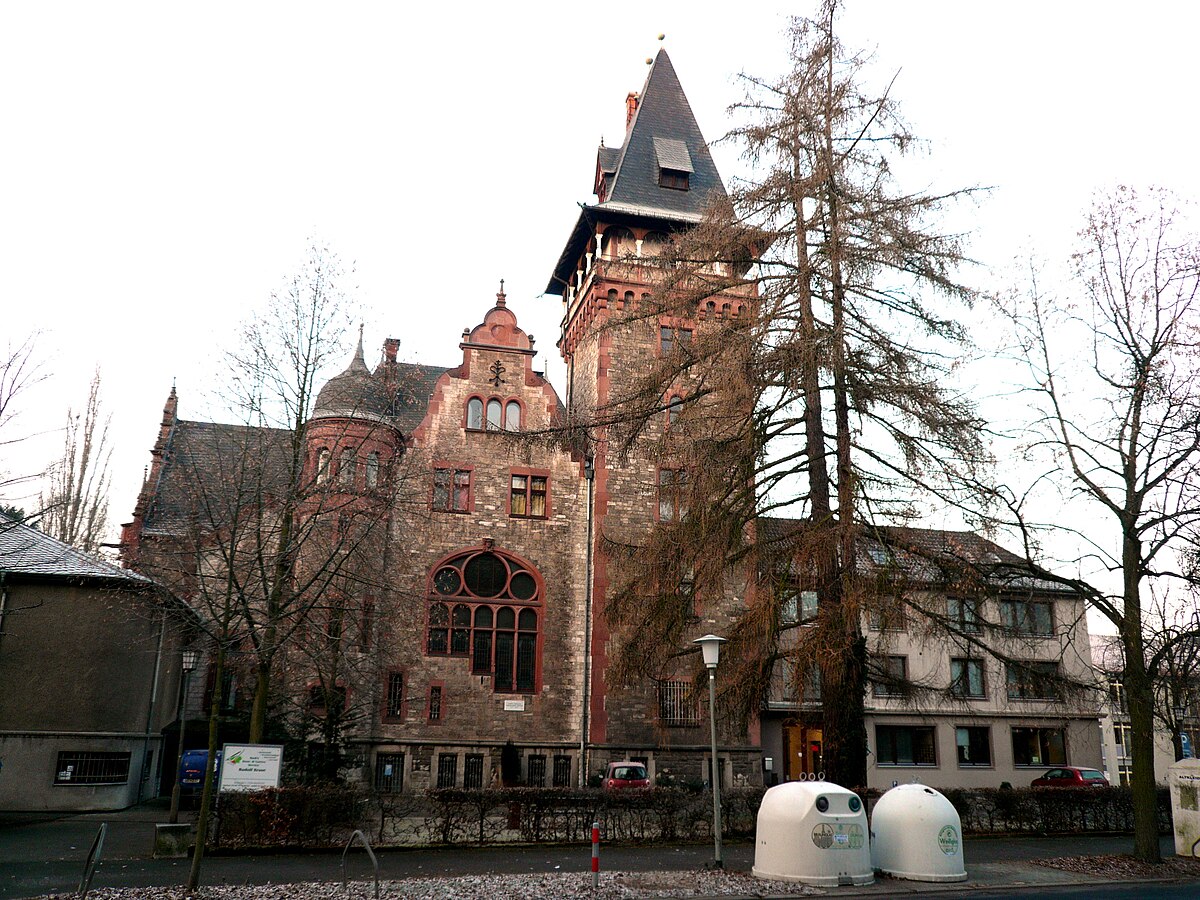It is May again, the time of the “Westfeldzug”, a campaign/period of WW2 that interests me a lot, the “Blitzkrieg” of 1940 doesn’t get as much attention as D-day, the Normandy campaign or the battle of the bulge in popular media, the reasons for this vary, it was of course a dark period for the allies, a shameful defeat but perhaps more importantly no Americans were involved, hence no television series like Band of Brothers or countless YouTube videos are made about it.
Personally I believe this campaign deserves more attention because it was an important period in world history, some examples: the German armored thrust through the Ardennes, a brilliant tactical
maneuver, the first use of airborne troops, the Dunkirk evacuation and often forgotten the famous Hitler “Halt order” for the Panzer Divisions, if this wouldn’t have been given or obeyed it most certainly would have knocked the UK out of the war and the world would have looked totally different.
This set is a nice illustration of this period, a Westfeldzug casualty, the campaign was swift but not without cost in men and material for the Germans.
Friedrich Bayer (°1892 +1940) from Göttingen was a brewer by trade, he joined the Prussian Army in 1911, more exactly the 4th West Prussian Infantry Regiment 140, he will remain with this regiment the entire time during WW1 when they fought both in the West and East as partof the 4ID.
He got his officers commission in May 1912 and was promoted to Oberleutenant in 1915.
He was WIA on November 30 1914 in Lodz by a piece of shrapnel and is awarded various WW1 bravery awards, the most important being both EK’s.
On April 9 1920 he is dicharged and I presume he returns to the family brewery in Göttingen.
In October 1934 he rejoins the Army as a captain (company commander) in his local regiment: IR Göttingen, a year later this becomes IR59.
On April 1 1936 he is promoted to Major and on November 10 1938 he is transferred to IR82 of the 31ID to become the Battalion CO of the second Battalion.
The 31ID plays important role in the capture of Warsaw in September 1939 and for his part in this battle he will be awarded the Spange to both of his EK’s and a promotion to Oberstleutenant.
In May 1940 the 31ID main adversary are the British professional soldiers of the BEF, they are a though nut to crack and the more they near the Dunkirk perimeter they get the tougher they fight becomes.
At the end of the month he arrives in familiarly territory, the Ypres area, where he fought in 1914.
BEF units have been dug in behind a small canal (Ypres-Comines), his Battalion will try to break the British frontline in Houthem, the fighting is fierce, the Germans manage to cross the canal but the British counterattack; it is in this fight that he will be KIA, a shot through the mouth.
The fact that a Battallion CO gets KIA while leading his troops is one piece of evidence that the fighting was indeed fierce but there is also the fact that he sure wasn’t the only casualty that day, him included II/IR82 had 65 men KIA, if we take in account that they must have had even more men WIA and that together with the losses of the previous days it is clear that II/IR82 wasn’t combat effective anymore; capturing Dunkirk and the surrounding evacuation beaches was very costly for the German Army units involved in it.
Initially he is buried in the cemetery of the local church in the hamlet of Ten Brielen, the place where they had their aid station, later he will be reburied on the German WW1 cemetery on the Kemmel hill (a famous 1918 battlefield) and after the war he is reburied once again, now in the German war graves cemetery of Lommel.
Personally I believe this campaign deserves more attention because it was an important period in world history, some examples: the German armored thrust through the Ardennes, a brilliant tactical
maneuver, the first use of airborne troops, the Dunkirk evacuation and often forgotten the famous Hitler “Halt order” for the Panzer Divisions, if this wouldn’t have been given or obeyed it most certainly would have knocked the UK out of the war and the world would have looked totally different.
This set is a nice illustration of this period, a Westfeldzug casualty, the campaign was swift but not without cost in men and material for the Germans.
Friedrich Bayer (°1892 +1940) from Göttingen was a brewer by trade, he joined the Prussian Army in 1911, more exactly the 4th West Prussian Infantry Regiment 140, he will remain with this regiment the entire time during WW1 when they fought both in the West and East as partof the 4ID.
He got his officers commission in May 1912 and was promoted to Oberleutenant in 1915.
He was WIA on November 30 1914 in Lodz by a piece of shrapnel and is awarded various WW1 bravery awards, the most important being both EK’s.
On April 9 1920 he is dicharged and I presume he returns to the family brewery in Göttingen.
In October 1934 he rejoins the Army as a captain (company commander) in his local regiment: IR Göttingen, a year later this becomes IR59.
On April 1 1936 he is promoted to Major and on November 10 1938 he is transferred to IR82 of the 31ID to become the Battalion CO of the second Battalion.
The 31ID plays important role in the capture of Warsaw in September 1939 and for his part in this battle he will be awarded the Spange to both of his EK’s and a promotion to Oberstleutenant.
In May 1940 the 31ID main adversary are the British professional soldiers of the BEF, they are a though nut to crack and the more they near the Dunkirk perimeter they get the tougher they fight becomes.
At the end of the month he arrives in familiarly territory, the Ypres area, where he fought in 1914.
BEF units have been dug in behind a small canal (Ypres-Comines), his Battalion will try to break the British frontline in Houthem, the fighting is fierce, the Germans manage to cross the canal but the British counterattack; it is in this fight that he will be KIA, a shot through the mouth.
The fact that a Battallion CO gets KIA while leading his troops is one piece of evidence that the fighting was indeed fierce but there is also the fact that he sure wasn’t the only casualty that day, him included II/IR82 had 65 men KIA, if we take in account that they must have had even more men WIA and that together with the losses of the previous days it is clear that II/IR82 wasn’t combat effective anymore; capturing Dunkirk and the surrounding evacuation beaches was very costly for the German Army units involved in it.
Initially he is buried in the cemetery of the local church in the hamlet of Ten Brielen, the place where they had their aid station, later he will be reburied on the German WW1 cemetery on the Kemmel hill (a famous 1918 battlefield) and after the war he is reburied once again, now in the German war graves cemetery of Lommel.
Last edited:


